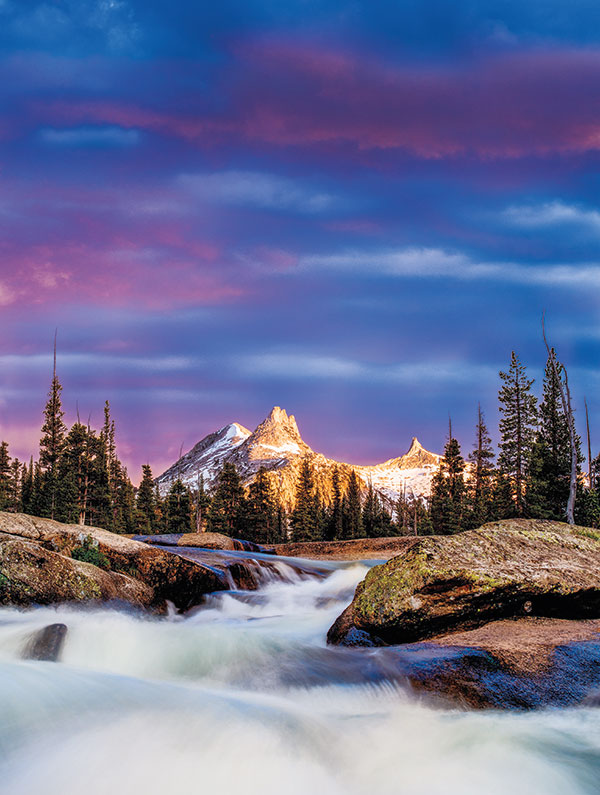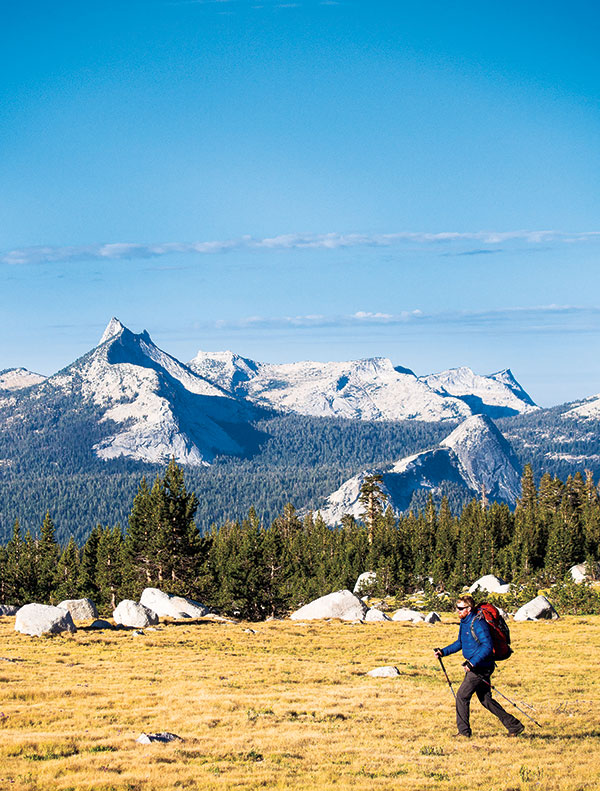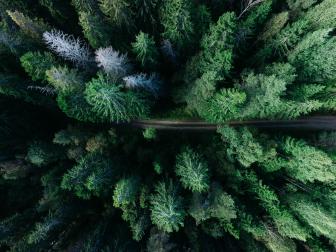Outdoor Photography Tips: Why I Keep Going Back to the Same Spots For My Shots

All Photos © Josh Miller Photography
I think I speak for nearly every photographer when I say going to a new location excites me, especially if it is one I have dreamed about for years. We all dream of these once-in-a-lifetime photo adventures. But the truth is for most photographers, the majority of our shooting is actually done in locations that are closer to home and allow us to return more regularly.
While we would love to always be on the road in new and exciting locations, there is a distinct advantage to returning to the same locations many times. By visiting repeatedly we are able to explore and get to know the “character” of the light and how it reacts in different situations. This is a huge advantage when trying to build a body of work that goes deeper than the typical guidebook roadside shots.

Shoot What You Know
Every photographer has these special locations that become like the back of their hand. For me this location is the Sierra Nevada Mountains. I live in a unique location on the western slope of the Sierra that offers easy access to either side of the range year-round. My ability to shoot Yosemite Valley, the High Sierra, or the spectacular eastern slope in any season has allowed me to develop a deep portfolio of very personal images.
While we all love to shoot in Yosemite Valley, I have found the lesser-photographed eastern slope excites me more than the crowded valley. With its 14,000-foot peaks, alpine lakes, colorful aspens, free camping, natural hot springs, and easy backcountry access, the Eastern Sierra is an outdoor adventure and landscape photographer’s paradise.
As with any new location, when I first moved to the Sierra I focused much of my energy on exploration and research. I drove hundreds of miles of back roads, poured through every book, and bought every map I could find looking for new locations. Today Google Earth and CalTopo make this task far easier than it was for me 15 years ago.
It is this early exploration that is key to many of my most successful images. Aside from a few of the “classic” locations, most of the Eastern Sierra does not see the intense photographic exploration that Yosemite Valley sees. In the Eastern Sierra every time I visit a new location I find three more spots that are worth exploring on my next trip. Having done such extensive research gives me the ability to adapt to changing light and make the most of the conditions.
Often we think great photos happen by luck, but the truth is many of my strongest images took years of return trips before the conditions were ideal. That is not to say that I often come home empty-handed; while I might not get the shot I had intended, my prior research means there is always something else to shoot that works with the conditions.

My Favorite Spots
One example of this is my favorite seasonal pond in the Owens Valley. After years of photographing other ponds in the Eastern Sierra I eventually started shooting this pond because it was one of the few bodies of water that created perfect sunrise reflections of the Sierra. In addition to the amazing reflections, the pond also has several stands of very photogenic trees that offer a wide range of potential compositions.
In the beginning I made many trips in rapid succession specifically to shoot this pond, but over time making new images of the pond has become harder. Having now captured the “easy” shots I no longer make specific trips just to shoot this location, but rather I try to include a sunrise stop each time I am in the area.
These days when I visit the pond I mostly scout, but the value of returning again and again can’t be overstated because every couple of years when the conditions are just right, I find myself creating yet another unique image for the same small pond.
Another example of this is a short drive up from the Eastern Sierra in the Tuolumne Meadows area of Yosemite National Park. While still busy compared with the Eastern Sierra, Tuolumne does not see near the visitor numbers seen in Yosemite Valley. Over the years as a rock climber I always heard valley regulars refer to Tuolumne Meadows as a hidden gem without crowds or pushy rangers. As I progressed away from climbing and focused more on photography I have found this also to be the case in terms of photography.
One reason the Tuolumne area is more low key is that much of the photographic potential is not visible from the road and requires hiking. While I still love to climb the high peaks of Tuolumne, now every hike or climb has the goal of both adventure and scouting for new possible compositions. Often it may be years before I return to a specific location with my camera when the light is right, but by building a mental list of potential images and visiting regularly, I am ready to adapt to the weather and make the most of my time in the high country.
Learn From Your Mistakes
Whether it is the Eastern Sierra or the Yosemite high country, it is my ability to return to these locations over and over, while learning from my mistakes, that has led to the creation of many of my best photos.
Many people think that a good photographer is someone who has a “nice camera” or someone who is more talented than the rest of us. But the truth is the best photographers are the people who log the most days in the field and know their locations like the back of their hands. By returning over and over, these photographers are able to explore and build upon their previous experiences to create new images that stop viewers in their tracks.
Sadly it is this lack of ability to return and explore that is the downfall of a once-in-a-lifetime location. We all love to dream of the next big trip, but rarely are they as productive as the places we can visit often. Yes, every shot you take on the big trip is the best you have ever taken in that location, but how many truly amazing photos are you going to get on a 14-day trip in Africa vs. the photographer who lives/works in Africa? From an odds standpoint there is just no way you can compete with the local. Hopefully you will get some “lucky” conditions on your trip, but the odds are with the local.
While this all might sound depressing and negative, I am in no way suggesting we don’t all dream about those big once-in-a-lifetime shoots, but rather we also renew our focus on the closer-to-home locations that have potential for deeper exploration and unique images. When we as photographers get to know these locations we increase our productivity dramatically and begin to develop our own artistic interpretation that goes much deeper than the well-known “classic” images of the area. Remember at home you are the local and the odds are on your side, so get out and explore. Yes, you will make mistakes along the way, but the odds are with you and you are bound to succeed.
Josh Miller’s images have been featured in publications throughout the world and his work is represented by Aurora Photos. To find out more about his work and his workshops, including Costa Rica, follow Miller on Instagram @joshmillerphotography or check out his website, www.joshmillerphotography.com.

















































